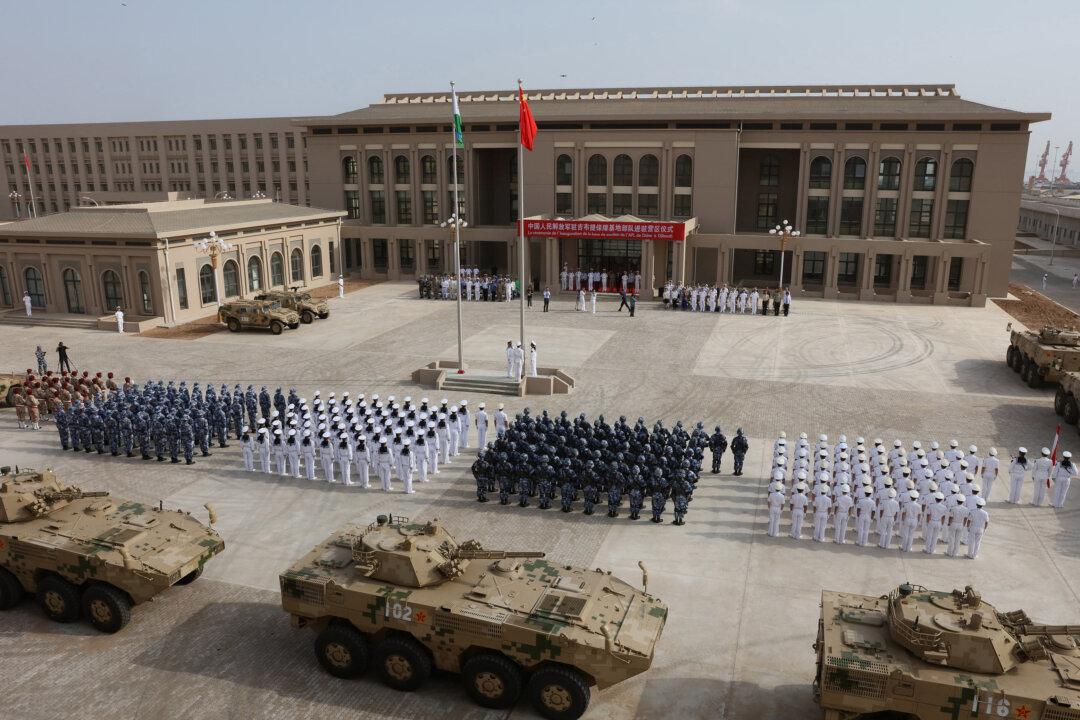Commentary
President Joe Biden’s remarks about the U.S. commitment to Taiwan is an opportune time to consider a fundamental issue: when will the Chinese regime use force against U.S. interests?

President Joe Biden’s remarks about the U.S. commitment to Taiwan is an opportune time to consider a fundamental issue: when will the Chinese regime use force against U.S. interests?